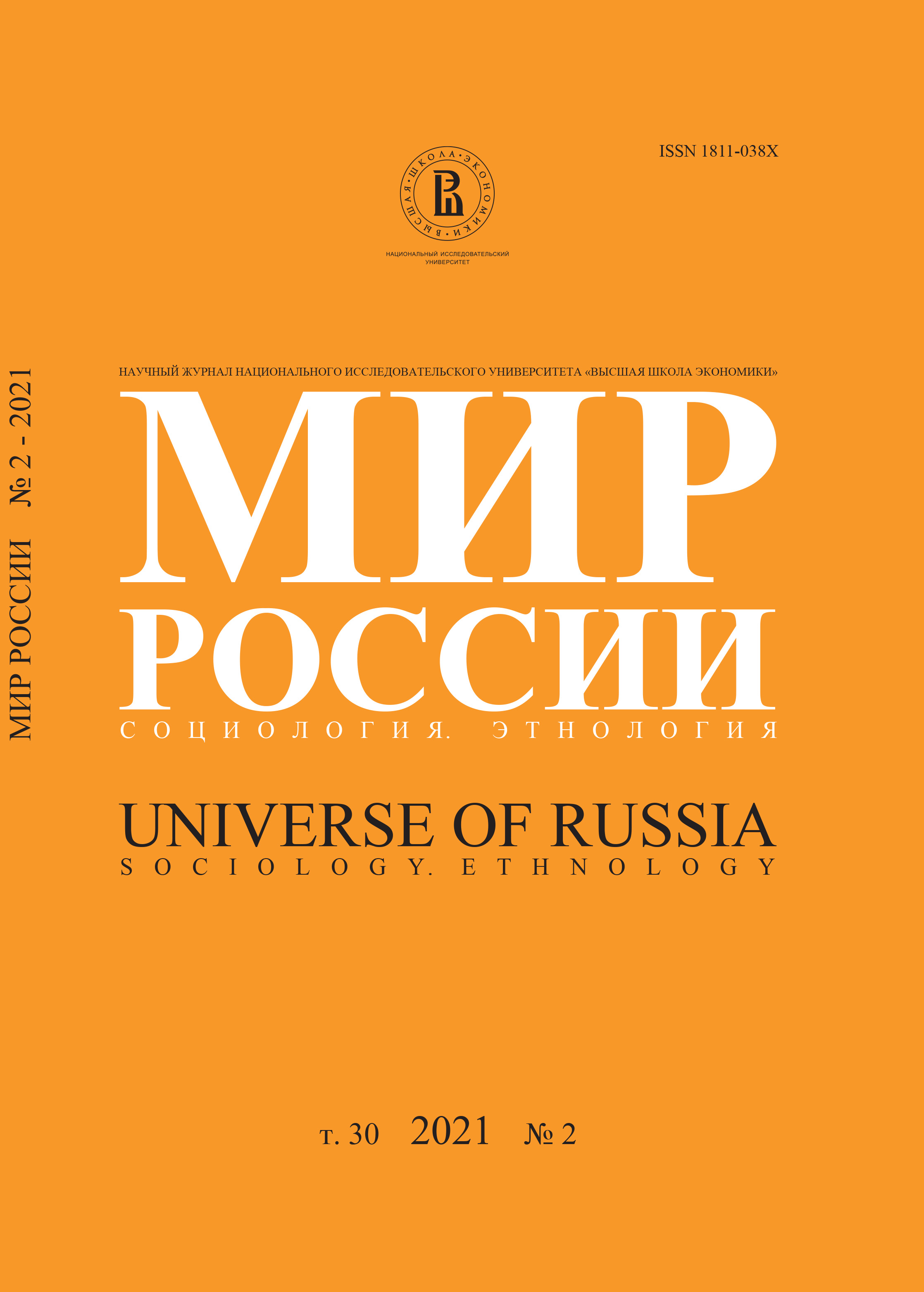Older Workers in the Russian Informal Sector
Abstract
Informal employment and employment in the informal sector are regarded as key types of vulnerable and unprotected labour in many countries. By definition, they are associated with the absence of formal employment contracts, and therefore represent one of the most important challenges for modern pension systems and social protection. The greatest risks of informal employment are among those representatives of the labour market who face restrictions in access to formal jobs, including older workers. This paper analyses the scale, dynamics and structure of employment in the informal sector of pre-retirement and retirement age workers, their socio-demographic characteristics along with the occupational and industrial features of their jobs, using the data of the Russian Labour Force Survey (LFS) of Rosstat for 2000, 2005, 2010 and 2015. The results indicate that by 2015, the Russian informal sector employed more than 3 million people over the age of 50, and that informality is most prevalent among older workers (65+). There is also an increasing deformalization of the employment of workers aged 50–54, which may be explained by a deterioration in the prospects for job search and career advancement in ‘early’ pre-retirement ages in the Russian labour market. The most important characteristic of Russian informal employment is the increasing convergence of the educational and occupational-industrial structure of workers of different ages. The main risks of informal employment among workers over 60 are shifting from the lowest levels of education (lower secondary or primary education) to technical college and upper secondary education. They are associated with the greatest risks of informality both in the primary working ages and among 50–59 year-old informal workers. In addition, older workers are employed in the same industries and occupations of the informal sector as younger representatives. This points to the ‘universal’ nature of labour demand in the informal sector, in which both young and older workers find jobs. The convergence of the structure of informal employment among workers of different ages, combined with the future entry into older ages of more numerous cohorts and the increasing deformalization of employment of 50–59 year olds, could lead to a further expansion of informality in the Russian labour market.






